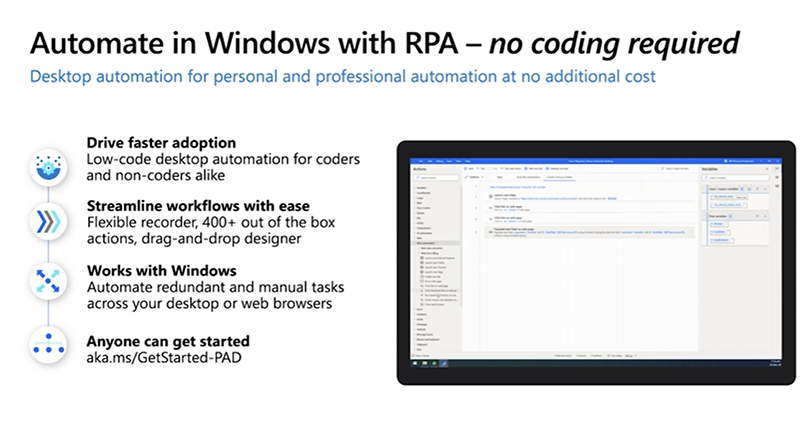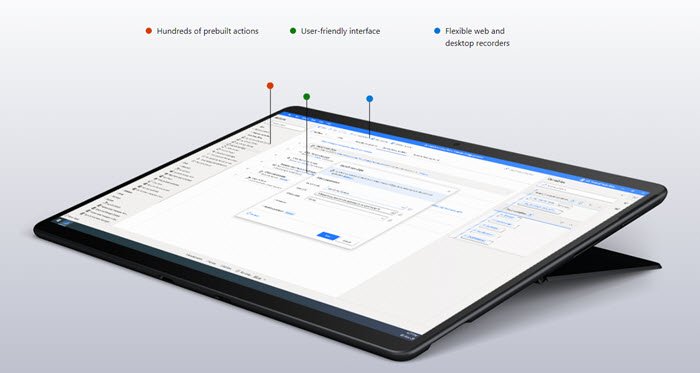

So, in this article, we will look at Microsoft’s overall vision, their emerging Power platform, and zoom in into their RPA – the Power Automate Desktop. RPA is a small part of the productivity platform that Microsoft is building. Power Automate Desktop is a much better RPA as we will see.īut from a grand scheme of things. They obviously found the internally developed offering lacking and hence shopped around.

They have made it free for Windows 10 users and even plan to include PAD as part of future Microsoft Windows builds.Īs we know, they started by developing an RPA called UiFlows using open-source Selenium internally first. Power Automate Desktop is a revamped Winautomation that came with Microsoft’s Softomotive acquisition. They have now added a more powerful RPA to their Automation stack with the addition of Power Automate Desktop (PAD). Hoping that you will find the above updates useful, please feel free to provide your questions and feedback in the Power Automate Community.Microsoft has been dipping its toes into the relatively nascent RPA Automation market. The support of UI automation for desktop apps in a Citrix or Microsoft Remote Desktop Protocol (RDP) virtual desktop with the use of a lightweight agent (Power Automate agent for virtual desktops) has now become generally available for all users. GA of UI automation for desktop apps in a Citrix or Microsoft RDP virtual desktop These options are available either through the standard context menu, or via the new command bar that has also been introduced in the top section of the console.

Multiple selection of flows is now available in the console New features and updates have been added, as described below. We are happy to announce that the October 2022 update of Power Automate for desktop (version 2.25) has been released! You can download the latest release here.


 0 kommentar(er)
0 kommentar(er)
